When it comes to capturing stunning photographs, photographers need to invest a lot of time to observe the scene and decide on compositions and other technical details before capturing the photograph. This requires skill and patience because the photographer needs to take into account various elements in the scene and then put them together in a meaningful way. Here are five Fundamental Elements of Photography to help you capture stunning photographs.
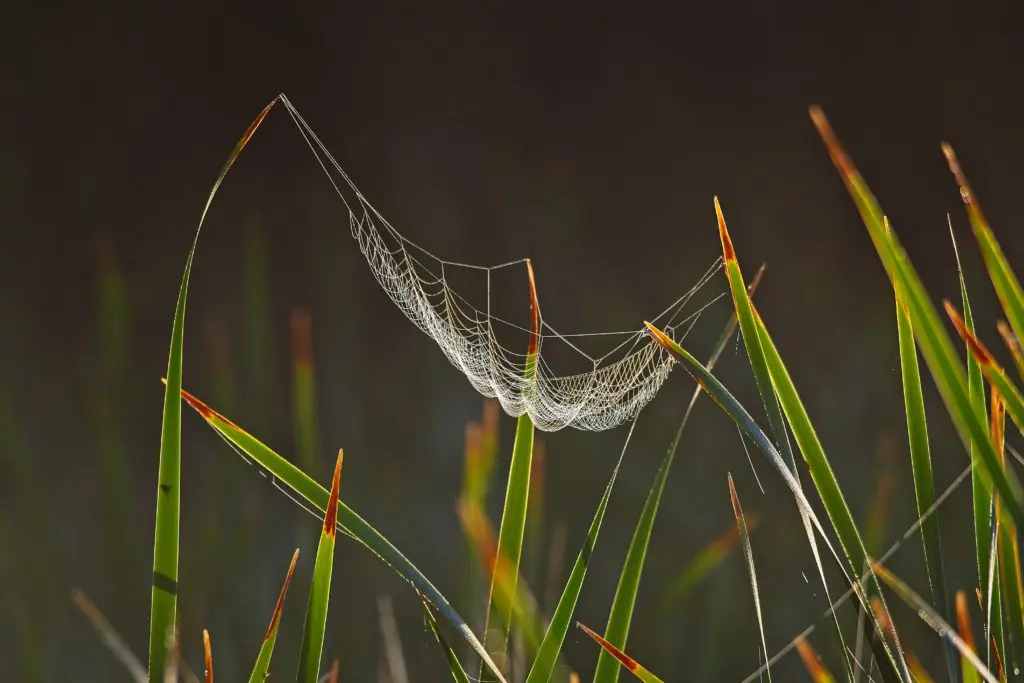
Basically, there are five common elements that great images typically have; Good use of light, color, a captivating moment, correct composition for the given situation, and the photographer's choice of distance to their subject. Many times good images will use one or two of these elements, but lack strength in the others.
I will be the first to admit that it is difficult to have all of these elements come together in one frame. Rarely do I take what would be considered a great photograph, but by aiming to capture all of these elements makes me strive to be better.
Essentially, these are five tools we have as photographers to work with, allowing us to create higher quality photographs. If we start to recognize and become more aware of how to best use these elements we will start to make greater images rather than good images. Bring them all together correctly under one frame and you will have something really special.
Here Are The 5 Fundamental Elements of Photography
1. Light
Light is the most fundamental element that all photographs need because it illuminates the scene or subject. Whether it be natural or artificial light the quality and direction of light is what's important.
Light helps to create a particular mood within the photograph and can bring emphasis to key elements within a frame. Likewise, light can help create depth and accentuate the textures in an image by creating a mix of highlights and shadows.
Everyone knows there have been countless books and tutorials on this subject and this article isn't the place to go into depth with this. However, we should recognize that light is probably the most important tool we have to use as photographers, to create better quality and beautiful images.
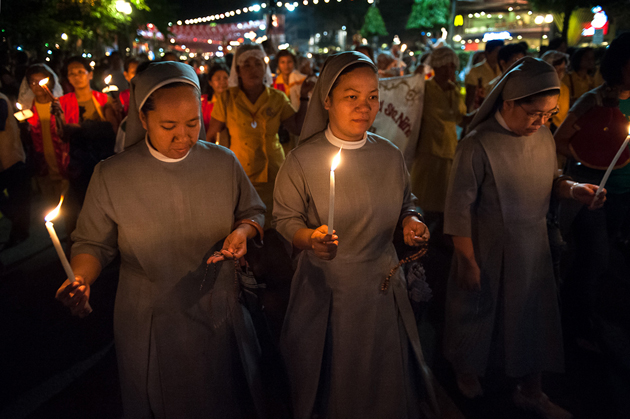
In the above photo, artificial candle and street lights helps set the solemn mood of the photo while illuminating the subjects. Natural light in the image below mixes with smoke to create a number of highlights and shadows giving some depth, mood and texture to the photo. The way the light hits the smoke also makes the photo more dramatic.
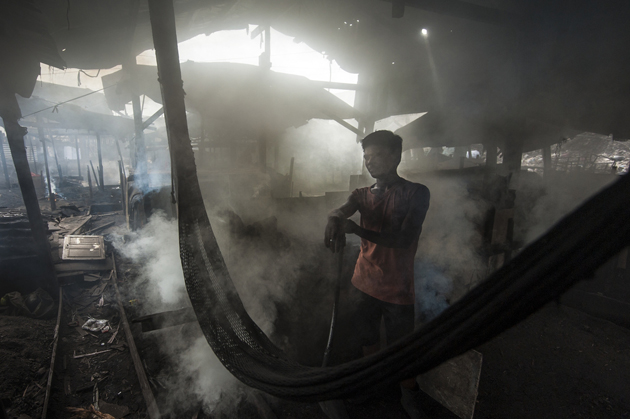
Learn More About Light Here:
- 4 Basic Characteristics of Light Every Photographer Should Know
- Understand the Fundamentals of Light – a Bite-Sized Guide for Photographers
- The Ultimate Guide For Mastering Light In Your Photography
- How Not Understanding Light Almost Killed Your Photography
2. Color
Other than black and white photography, like light, color helps to set the mood of an entire image and can play a significant role in touching the viewer on an emotional level. Color can also be used as a compositional tool where contrasting colours play a very important role.
Color is one of the main factors responsible for making a photo feel mysterious, exciting, sad, or gloomy. Evoking emotions is important in creating strong images and color is one of our primary tools to do this. Again, this is an in-depth topic which this article will not go into, but be thoughtful that by using appropriate colors in our images we can better convey different emotions and make a stronger impact on the viewer.
The cool colors of the blue sky in the image below against the dimly lit houses in the foreground, gives a peaceful, tranquil feeling that I wanted to let my viewers feel. This was a very remote location in the forest and it was indeed a peaceful and quiet place. I used the calming blue color of the sky to help set the mood I wanted my viewers to feel about the place and the complementary colors work very well in this image.
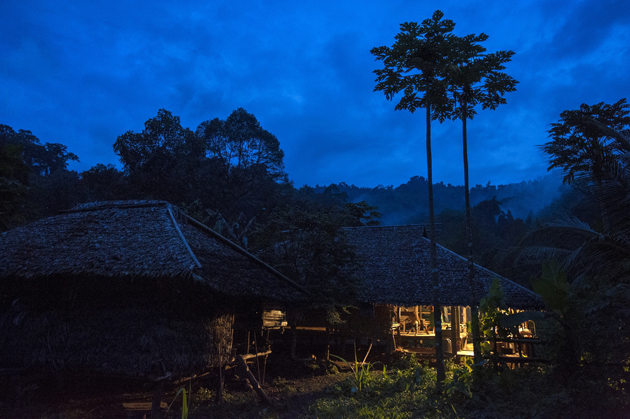
Similar to how calm and tranquil colours were used to set a peaceful and quiet mood in the above photograph, warm or vibrant colours like red, orange and yellow can be used to tell happy, eye-catching, cheerful stories. Look for colours in the scene to highlight them and use them to strengthen the composition in your images.
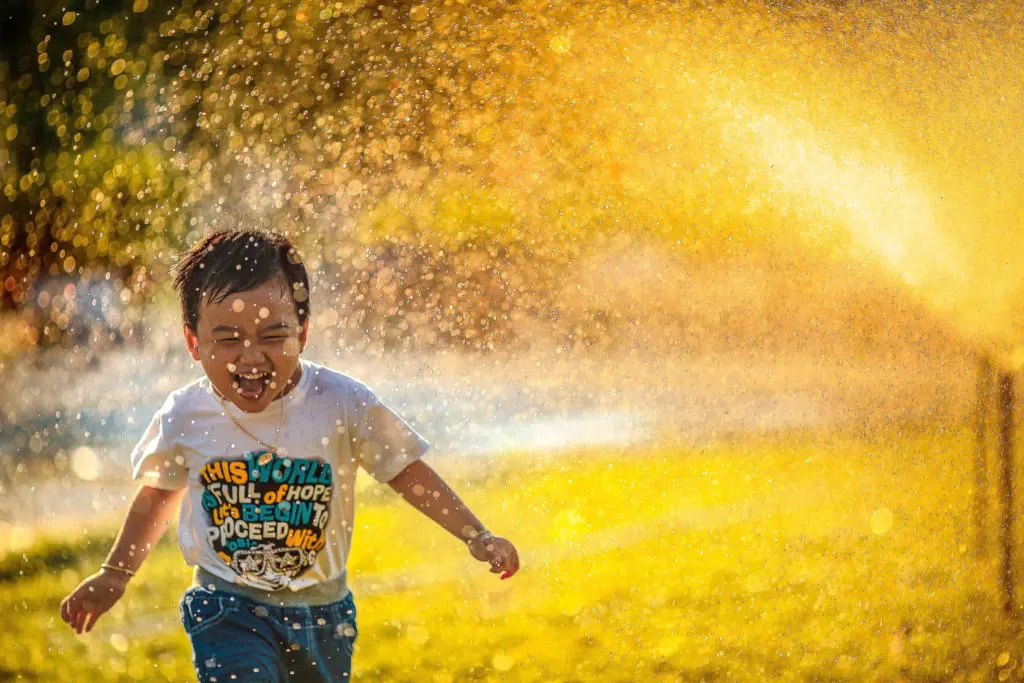
Find Out How To Create Powerful Photographs With Colors:
- 4 Strategies To Use Color More Effectively In Your Photography
- Understanding Primary, Secondary and Complementary Colors in Photography
- How To Use Color Contrast To Make An Image More Interesting
- Here’s How Colour Affects Mood In Photography
3. Moment
A strong moment is more than highlighting a particular subject or action in time. Creating a moment in a photograph should be about having all the elements in a frame come together as to tell a captivating story, when every part of the picture interacts with the other parts in a way that the viewer might think – wow this is special and probably doesn't happen that often.
Not every photo will be able to have special moments where all the parts come together perfectly, but again we should be thinking about this when shooting so we can try to include more elements that create a stronger moment. Not to forget, shooting at a particular time of the day adds power and meaning to the moment which means light also plays an important role here.
The photo below is not a great example, but it's on the right track in terms of thinking “moment.” When I first noticed these farmers I sat down for awhile and followed them for about 15 minutes. I wanted them to get used to me and eventually get back to their work after the initial laughter of me being there wore away.
The two women in front eventually got really close to me and I could see a photo starting to unfold. I knew I wanted at least two farmers in the shot, but having a third person would be even better. The lady in back was not yet in that position, but I could see her starting to walk forward. I waited a bit and the two women in front stayed in their position. Eventually the lady in back came into the left of the frame I was able to get a round of photos off.
By having three farmers in the frame I feel it's a better moment and the image tells a stronger story.
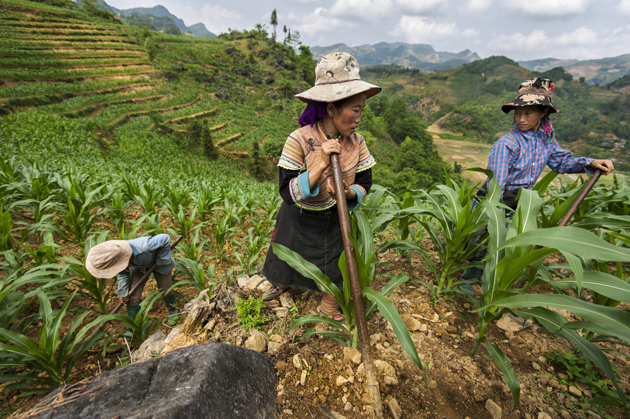
Learn More About Capturing The Right Moment:
- Technical Perfection v The Decisive Moment: Which Should a Photographer Prioritise?
- Understanding The Decisive Moment
- Quick Take: How Anticipation Leads To Better Street Photography
- How to Anticipate the Decisive Photographic Moment with Kids
4. Composition
Composition, in essence, is about putting together objects in your frame in such a way as to emphasize the parts you want to and make them stand out in a particular way. Composition can often be very subjective, but good composition can turn an ordinary scene into an image that grabs the viewers attention.
There are numerous rules, principles and guidelines for creating better composed images, but in the end it's up to the photographer to find something that works for the given situation. I find it useful to study the work of the masters and of course shoot as much as possible to get practice.
I have noticed over the past few years that I am more happy with the results of how I compose a majority of my photos. There is still a huge amount of learning to do, but by studying others photos and getting out to shoot we will inevitably improve our composition skills.
Creating relevant and good compositions is a key element of great photographs.
When composing photographs, it is better to keep an eye out for different elements like leading lines, lines that disappear into a central point or into a vanishing point, curves, shapes, interesting textures, patterns, colours, negative space within the frame, so you can use them to compose brilliant photographs. A photo in general contains a mix of positive and negative space and the effectiveness of a particular composition depends greatly on visual weight as well.
There are other compositional guidelines that photographers need to use to tell stories or create compelling images, in order to draw the viewer's eye and keep them engaged on the entire photo. The easiest one to start with will be the rule of thirds where photographers can place the most interesting or important elements of the scene along the one third lines or points to get a well composed image.
The image below is a good example of how to create depth in an image using composition. This is something I try to always think about when composing certain types of photos. Is there a foreground, middleground and background that gives some depth to the image? By placing the coconuts in the bottom right of the frame and the house in the back the image becomes more three-dimensional and interesting along with an interesting focal point that can draw the viewer's attention.
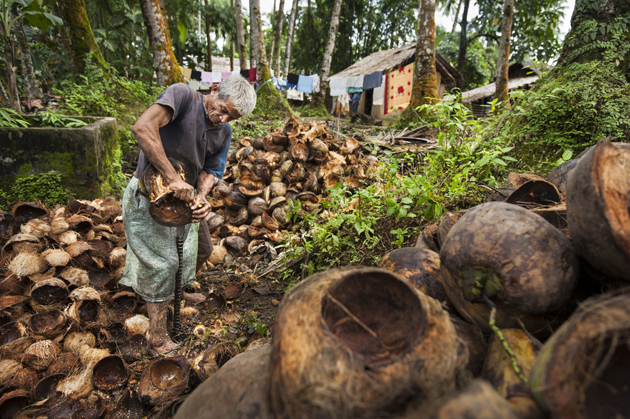
Learn More About Composition To Improve Your Photographs:
- 6 Fundamental Composition Techniques That Will Improve Your Portraits
- How to Master Photography Composition Using the Golden Ratio
- These 6 Essential Composition Skills Can Turn You Into a Really Good Photographer
- 7 Composition Tips That Will Skyrocket Your Landscape Photography
5. Photographer's Choice Of Distance To Their Subject
The distance the photographer chooses to be from their subject will affect the feeling and overall impact a photo has. It will also determine what focal length you need to shoot at in order to get all of the important parts of the photo into the frame.
Like with all of these five tools/elements there is no right or wrong way, per se. It will vary depending on the situation and what the photographer wants to accomplish. That being said, certain images are more powerful if shot closer to the subject, making the viewer feel like they are there. Other images look much better at a further distance from the subject. There should be a thought process though about why we choose to be certain distances from our subjects and how that will make the final image look.

The image above was taken using a wide angle lens fairly close to the subject. This was necessary because of the small boat we were riding. By being close to the subject it gives the sense that the viewer is also on the boat and in the scene with the man. In the image below, a longer lens was used – shot at 200mm. By using a longer lens we get the feeling that we are on the outside of the frame looking in.
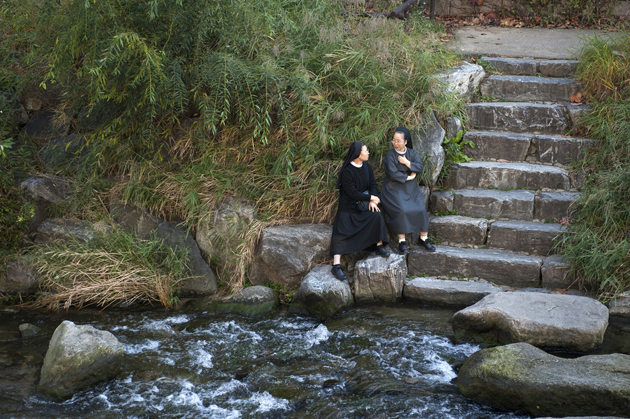
When shooting a moment, give importance to how you arrange various elements within the frame. Do not overcrowd and let objects overlap unnecessarily as it can be quite distracting and look chaotic. Leave some breathing space for better frames is an important element, for example, leave space between the subject or other elements and the edge of the frame.
Here Are Some Useful Links:
- How to Convey Size in Landscape Photography
- These Ideas on Perspective Will Improve Your Photography Composition
- How to Get Great Flower Photographs with a Telephoto Lens
- Hyperfocal Distance: A Landscape Photographer’s Friend
A Good Exercise To Do:
Have a look at some other photographers images that you would consider powerful or strong photos. How did the photographer use these five elements to make that image so powerful? What could they have done better if anything?
We can learn a lot by looking into other images and figuring out how the photographer was able to create it. I bet most of these five elements were strongly used in the photos we like the best and using these elements in photography can help you develop as a photographic artist. Most professional photographers capture their photos having these elements in mind and incorporating a maximum number of them in the image.

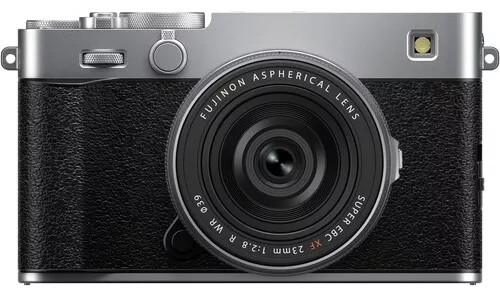
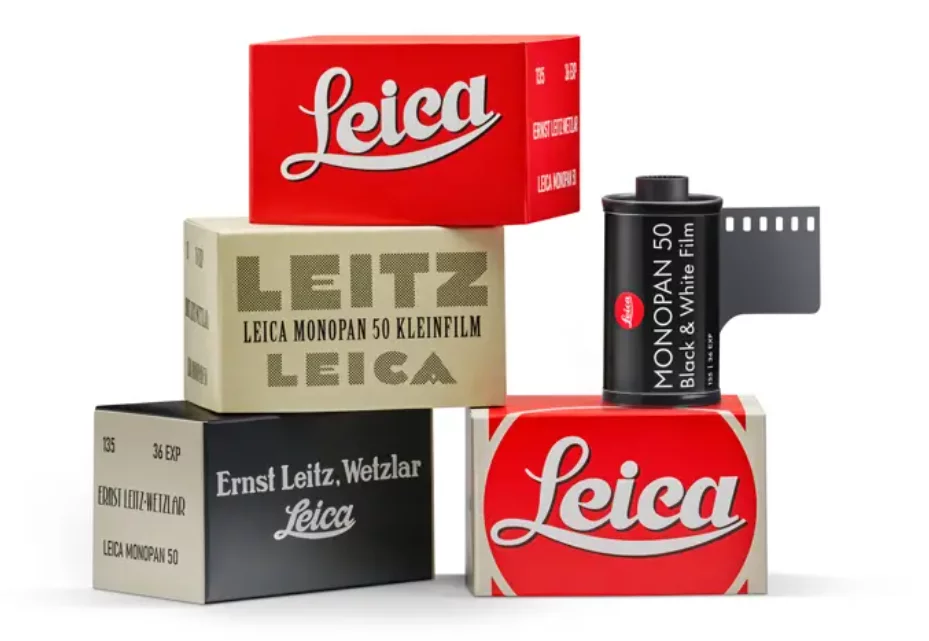

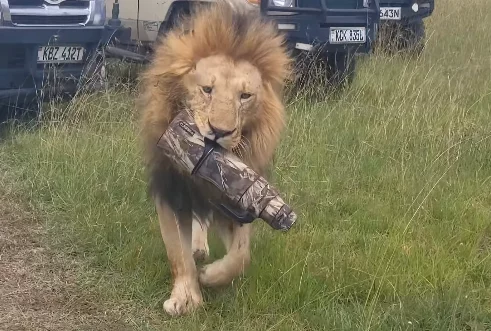
9 Comments
Excellent article…
I love seeing great photography links. I can never get enough inspiration for my portrait photography. As a wedding photographer I am always trying to create something nobody has ever seen. But to create that I research what other photographers are doing. Thanks
great article 🙂
These are the standard elements I have heard oft repeated. I believe the fifth element is really subject versus distance of the photographer to the subject. And clearly the distance is what helps establish what the subject is in fact. A clear subject is comforting and clarifying.
This article literally helped me do better in a course. Aesthetics and criticism of photography. Thank you. This was Very helpful.
Great read, thanks for sharing.
Great article for every photographer you should read before creating photography portfolio. thanks for sharing
WOW!Can I share it to my class?thank u in advance sir!
This was quite interesting to read. Good job Jacob